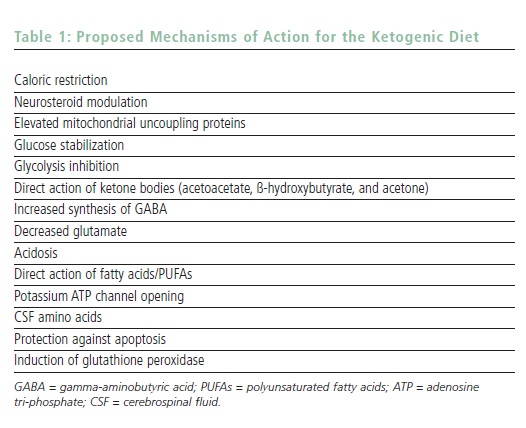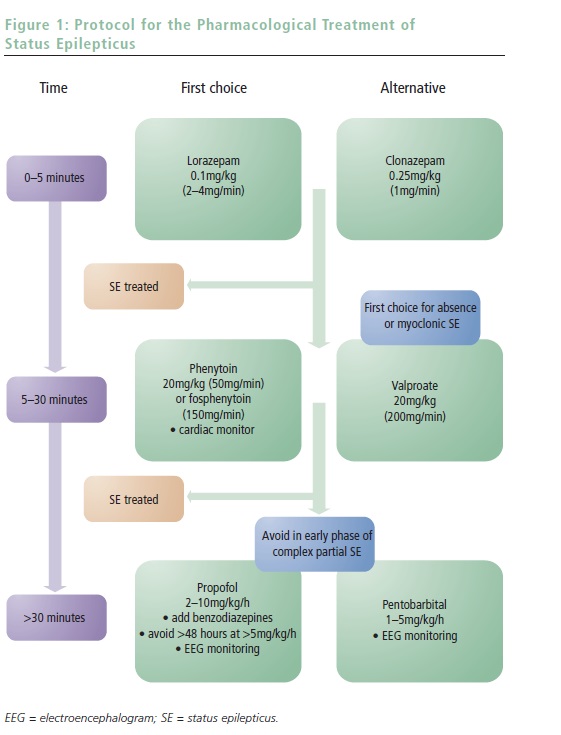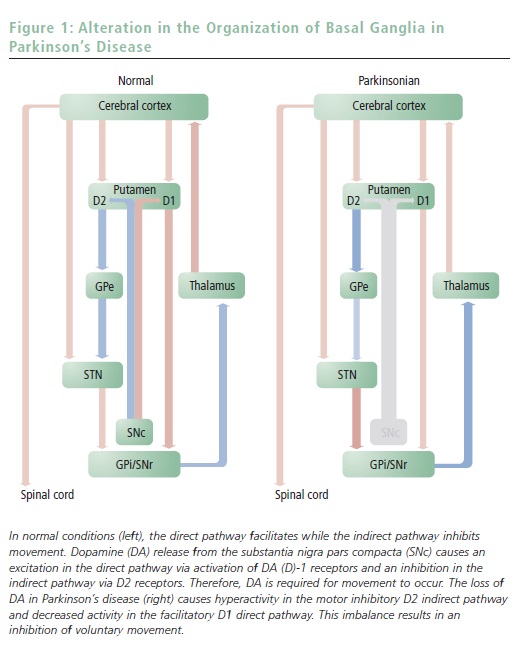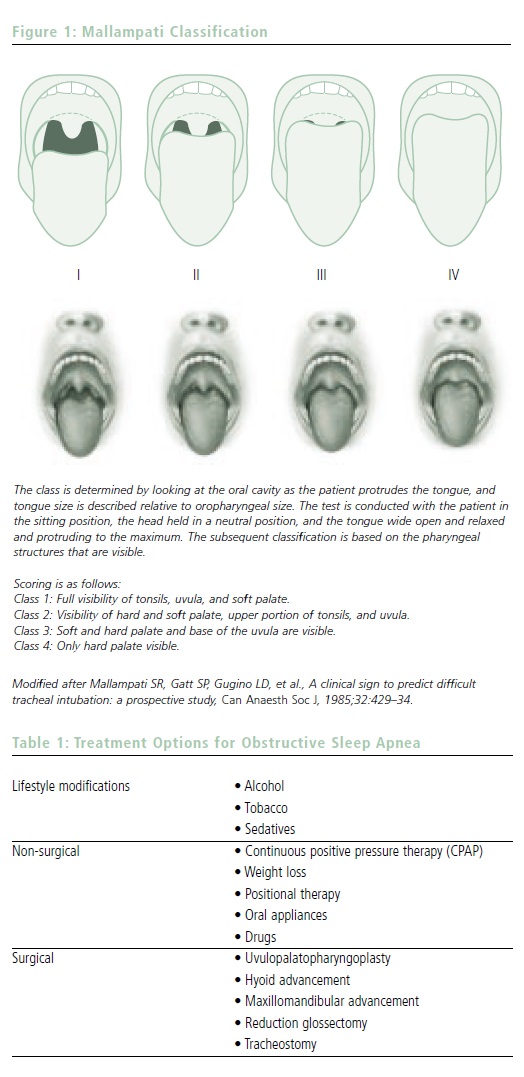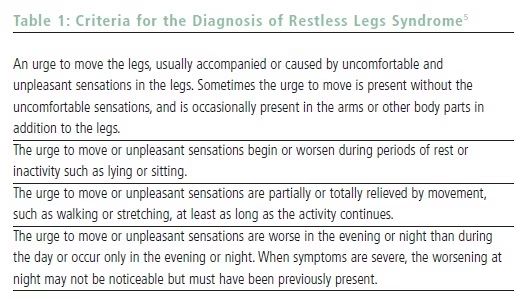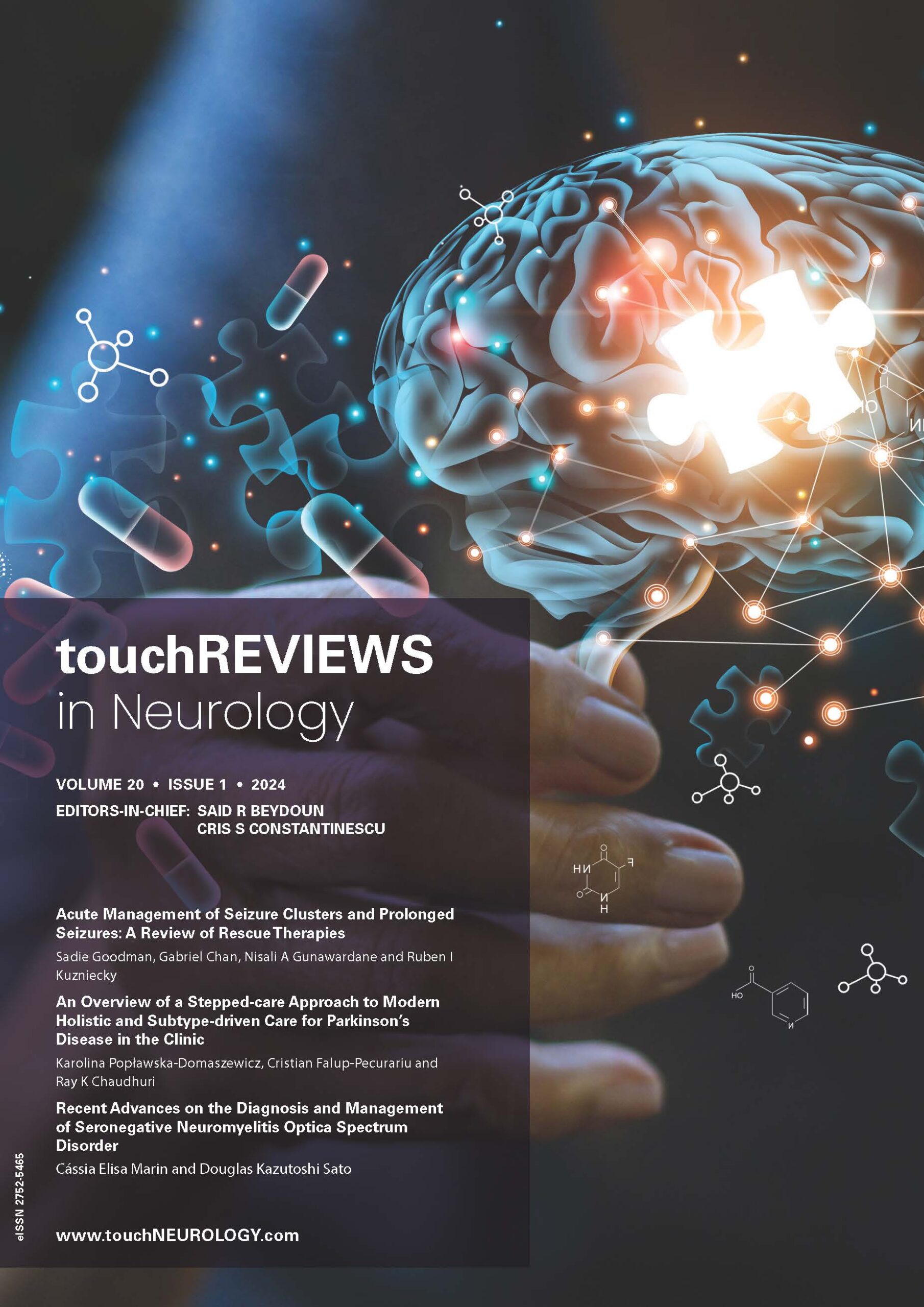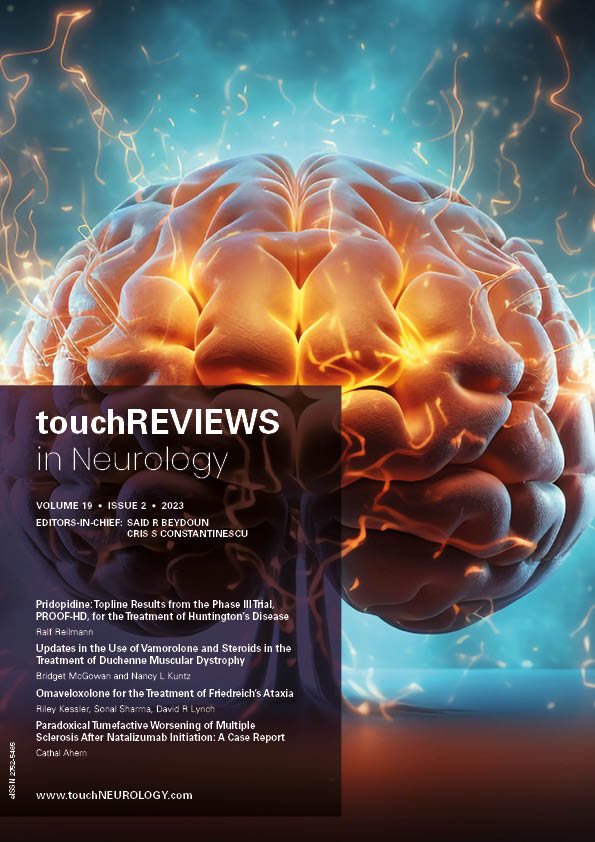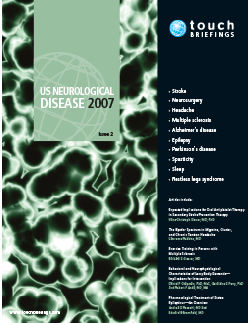
US NEUROLOGICAL DISEASE – VOLUME 3 – SPRING 2007
Advisory Panel
When I started in medicine, neurologists were known as academics in the most pejorative way. Many said our approach to patients was ‘diagnose and adios.’ In many parts of the world, due to a shortgage of neurologists, this is, sadly, still the rule. Fortunately, neurology has changed in the US. Medication and surgical procedures for […]
Stroke
Especially after a TIA or mildly disabling stroke, a large gain can be achieved by preventing subsequent (disabling) strokes or myocardial infarcts. Besides the individual benefit for patients and their families in terms of reducing the risk of subsequent vascular events, there will be a reduction of demands on health and social care, which will […]
Aspirin has been recognised for several decades as effective in preventing recurrent stroke;4,5 however, the optimised dosing regimen remains a topic for debate.6 Aspirin acts as an irreversible inhibitor of cyclo-oxygenases (COX-1, present in platelets) by irreversibly acetylating a serine residue near the COX-1 catalytic site to block arachidonic acid access to the catalytic site. […]
Current Prevention of Secondary StrokeIschaemic stroke is a major cause of morbidity and mortality in modern life, ranking as the third most common cause of death after cardiovascular disease and cancer,1 and its prevalence is expected to rise in line with extended life expectancy.2 Eight to 12% of ischaemic strokes result in death within 30 […]
Thus, the consequences of stroke are associated with a considerable social and economic burden.1,2 Furthermore, this burden is predicted to increase as the relative incidence of stroke increases in line with the aging population.3 Accordingly, the prevention of initial stroke and recurrent stroke is still a major healthcare priority. Addressing Modifiable Risk Factors in Stroke […]
Neurosurgery
Therapeutic concepts in neurosurgical intensive care require sophisticated and refined neuromonitoring applications, because the individualised approach to the treatment of head-injured patients relies on the assessment and interpretation of the key parameters of brain tissue viability and function. Monitoring of regional cerebral blood flow (rCBF) in particular has been a long-term problem due to a […]
Image-guided surgery (IGS) systems have brought both the raw and processed images into the operating room (OR) and clarified the relationship between the images and anatomy. Intra-operative MRI (iMRI) systems have integrated all of these functions and elevated the timeliness of the information to a new level, enabling intra-operative updates of all information for burr […]
Headache
There has been a great deal of research describing the comorbidity of migraine/tension headache with anxiety and depression.1–3 Previous studies have documented the increased association with migraine and the bipolar spectrum.4,5 Those with the bipolar spectrum have also been shown to be more likely to suffer from migraine.6,7 For cluster headache and chronic tension headache […]
Multiple Sclerosis
Multiple sclerosis (MS) is a disease that invariably affects ambulation and mobility in the majority of patients. The ability to move may be affected by many impairments, including weakness, imbalance, fatigue, and spasticity. Standard physical therapy and other rehabilitative techniques may improve function in these areas to some extent, but are not always successful. A […]
Alzheimer’s Disease and Dementia
With the aging of the population, promotion of cognitive health has emerged as a priority in public health. Most notably, Alzheimer’s disease (AD) alone remained one of the top 10 causes of mortality throughout the 20th century.1 The public health implications of cognitive status increase dramatically when it is recognized that AD is but one […]
There have been significant advances in the pharmacotherapy of Alzheimer’s disease (AD), and we are at an important stage in the development of symptomatic and disease-modifying drugs (DMDs). This article will summarize some of the evidence for the safety and efficacy of current symptomatic drugs, the design of ongoing studies with potential DMDs, and the […]
Epilepsy
For nearly 100 years, the high-fat, low-carbohydrate, calorie- and fluidrestricted ketogenic diet (KD) has been in continuous use, predominantly for children with seizures who have not responded to medication.1 Several recent reviews and meta-analyses have concluded that there is insufficient evidence supporting the use of the KD from class I (double-blind, placebo-controlled) studies, which is […]
Definitions and Epidemiology An accurate diagnosis is necessary before appropriate treatment can be initiated. In contrast to most neurological entities, there is no universally accepted definition of status epilepticus (SE). Broadly speaking, SE is the occurrence of continuous seizures or of two or more seizures without intercurrent restoration of neurological function. While epidemiological studies use […]
Parkinson’s Disease
Parkinson’s disease (PD) is a neurological disorder characterized by a progressive degeneration of dopaminergic neurons located in the substantia nigra pars compacta (SNc).1 Dopaminergic neurons of the SNc send their axons along the nigrostriatal pathway to the striatum, where dopamine (DA) acts to modulate post-synaptic signaling. The striatum comprises a heterogeneous population of neurons that […]
Spasticity
Intrathecal baclofen (ITB) administration via a programmable implanted delivery system has become standard of care in the treatment of disabling, severe spasticity resulting from a wide range of diseases of the brain or the spinal cord. ITB improves severe spasticity of either spinal or cerebral origin in the majority of cases.1,2 Treatment outcomes are measured […]
Sleep
While sleep disorders are extremely common in the general population, their study represents a relatively new focus of medicine. This article is a brief review of two commonly encountered sleep disturbances in neurology practice: sleep-disordered breathing (SDB) and movement disorders of sleep. Sleep-disordered Breathing SDB can be grouped into two major subtypes: obstructive sleep apnea […]
Restless Legs Syndrome
In 1945 Karl Ekbom coined the term ‘restless legs syndrome’ (RLS), which is still sometimes referred to as Ekbom’s syndrome. RLS is a common sensorimotor condition characterized by predominantly nocturnal dysesthesias relieved by limb movement. RLS is not a new disorder, having been documented in the medical literature for over half a century.1 However, in […]

Trending Topic
Amyotrophic lateral sclerosis (ALS) is characterized by the degeneration of both upper and lower motor neurons, which ultimately leads to muscle weakness, atrophy, spasticity and contractures.1 ALS typically manifests in the 50–60 years age range, although familial cases may present in late adolescence or early adulthood.2 The time from the first symptom to diagnosis is approximately 10–16 […]
Journal Archive
touchREVIEWS in Neurology is a peer-reviewed, free-to-access, bi-annual neurology journal comprising review articles, case reports, practice guides, theoretical discussions, and original research. It features balanced and comprehensive articles written by leading authorities, addressing the most important and salient developments in the field of neurology.
Latest articles videos and clinical updates - straight to your inbox
Log into your Touch Account
Earn and track your CME credits on the go, save articles for later, and follow the latest congress coverage.
Register now for FREE Access
Register for free to hear about the latest expert-led education, peer-reviewed articles, conference highlights, and innovative CME activities.
Sign up with an Email
Or use a Social Account.
This Functionality is for
Members Only
Explore the latest in medical education and stay current in your field. Create a free account to track your learning.



